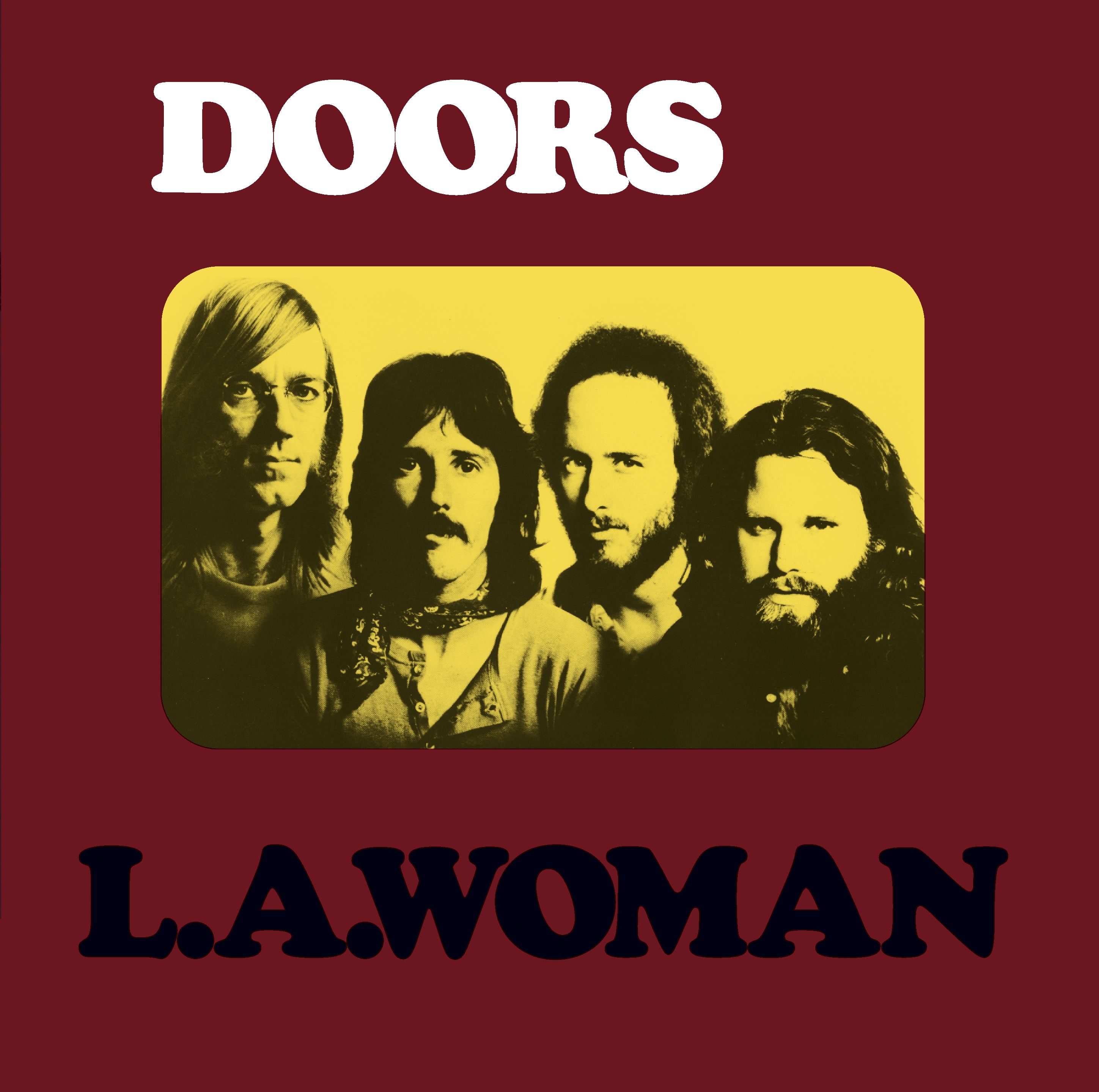The Doors had crammed several lifetimes into just five years as band, and by late 1970, the psychic toll of Jim Morrison’s addiction and legal hassles threatened to overwhelm the group. Any attempts at making an album under these conditions should have met with unmitigated disaster, but on L.A. Woman – the final Doors LP released during Morrison’s lifetime – the band succeeded almost in spite of themselves. Self-produced and recorded in their private rehearsal space, the album was a homecoming in both a musical and spiritual sense. “Our last record turned out like our first album: raw and simple,” drummer John Densmore reflected in his autobiography. “It was as if we had come full circle. Once again we were a garage band, which is where rock & roll started.”
The Doors’ longtime producer quit the sessions, dismissing the songs as “cocktail music.”
L. A. Woman got off to an inauspicious start in November 1970, when the band played their new material for producer Paul Rothchild. They possessed only a handful of semi-complete tunes, and Rothchild was less than impressed. He dismissed “Riders on the Storm” as “cocktail music,” but reserved particular scorn for “Love Her Madly,” which he cited as the song that drove him out of the studio. “The material was bad, the attitude was bad, the performance was bad,” he said in the Morrison biography No One Here Gets Out Alive. “After three days of listening I said, ‘That’s it!’ on the talk-back and cancelled the session.”
They convened for an emergency meeting at a nearby Chinese restaurant, and Rothchild laid his cards on the table. “I said, ‘Look, I think it sucks. I don’t think the world wants to hear it. It’s the first time I’ve ever been bored in a recording studio in my life. I want to go to sleep.'” With that, the so-called “Fifth Door,” who had produced the band since their debut, walked out. Once the shock had worn off, the Doors turned to engineer Bruce Botnick, whose credits included all of their previous albums, as well as the Beach Boys’ Pet Sounds, and the Rolling Stones’ Let It Bleed. With his help, the reinvigorated band vowed to coproduce their new album. Gone were the days of Rothchild’s studio strictness, where it was normal to record 30 takes or spend hours on perfecting a drum sound. “Rothchild was gone, which is one reason why we had so much fun,” Robbie Krieger told Guitar World in 1994. “The warden was gone.”
Jim Morrison recorded his vocal parts in a bathroom.
Eschewing the high tech luxury of Sunset Sound, the Doors decided to record in their unassuming “workshop” at 8512 Santa Monica Boulevard. “It was the room we had rehearsed in forever,” recalled John Densmore in the documentary Mr. Mojo Risin. “Our music was seeped into the walls. We were very comfortable. It was home.” Like a fraternity common room, the cramped space was littered with empty beer bottles, dog-eared magazines, an endless tangle of cables and assorted instruments – plus a jukebox and pinball machine. “It was tight,” says Botnick, who was ensconced in the upstairs office behind a portable mixing board. “It was like sardines.”
During takes, Morrison would grab his gold Electrovoice 676-G stage mic and sing in the adjoining bathroom, which served as a provisional vocal booth. The room’s tile provided impressive natural acoustics, and he ripped the door off its hinges to better commune with his bandmates. The building has changed hands several times since the Doors recorded there, but its most recent incarnation – a bar, appropriately – paid tribute to the sessions with a plaque in the bathroom stall.
The band called upon Elvis Presley’s bass player to add some extra funk.
The Doors famously lacked a bassist during live sets, instead relying on Ray Manzarek’s Fender Rhodes’ keyboard bass to lock into the rhythm with Densmore. For their studio albums, the band quietly supplemented their core lineup with session pros handling the low end. Some of these contributions were overdubbed separately from the band, but for L.A. Woman, they wanted the live sound of musicians playing together. Botnick suggested Jerry Scheff, fresh from backing Elvis Presley at Las Vegas’ International Hotel. Morrison, a massive Presley fan, was thrilled. So was Densmore. “Jerry was incredible; an in-the-pocket man,” the drummer told Classic Rock magazine. “He allowed me to communicate rhythmically with Morrison, and he slowed Ray down, when his right hand on the keyboards got too darn fast.”
The band also called upon guitarist Marc Benno, who was making a name for himself playing with Leon Russell. He contributed the percussive James Brown-like rhythm guitar stabs on the title track, as well as “Been Down So Long,” “Cars Hiss By My Window,” and “Crawling King Snake.” Scheff played on all songs except “L’America.”
“L’America” was originally recorded for a Michelangelo Antonioni soundtrack.
The cartwheeling “L’America” predates the L.A. Woman sessions by more than a year. The track had been intended for inclusion in Antonioni’s 1970 psychedelic drama, Zabriskie Point. The Italian auteur had notably tapped the Yardbirds for 1966’s Blow-Up, and it appeared he might do the same this time around with the Doors. He visited the band in the recording studio, but their intensity – not to mention volume – proved too much for him to handle at close range. “We played it for him, and it was so loud, it pinned him up against the wall,” Manzarek told L.A. Weekly in 2011. “When it was over, he thanked us and fled.” Predictably, the song was not included in the film. The Doors were in good company – Jerry Garcia, John Fahey and Pink Floyd also had work rejected from the soundtrack.
Read the full article at Rolling Stone.

